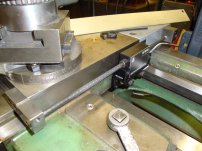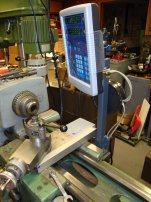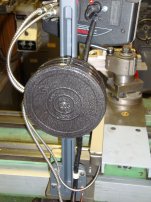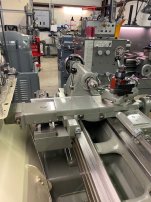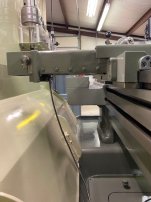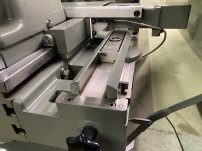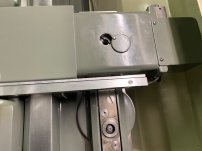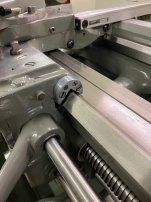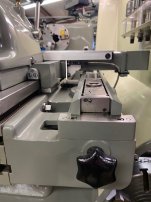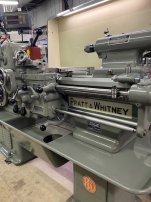harrilynch
Plastic
- Joined
- Mar 25, 2024
- Location
- West Lafayette, IN
Hello machine enthusiasts,
I'm working on a project for my university, to digitize old legacy equipment such as this 1940s-era Pratt & Whitney Lathe (12x30 size).
The goal is to attach magnetic scales for readout on the X and Z axes but I ran into issues when determining the best way to implement this on the X axis for the cross-slide.
I am wondering if anyone on this forum has experience performing something similar, and could suggest a recommendation for mounting methods and location.
I've determined that the cover on top of the cross slide is not suitable for mounting, although there is a possibility of removing it and fixing the scale/encoder on the inside. Also will need to keep in mind where to fix the encoder itself which I can create custom brackets for. Overall, I'm sure drill tapping would be necessary but would love to use pre-existing holes and such to avoid this if at all possible.
Below I will attach images of the cross-slide and its surroundings, the first image will have an approximate size of the magnetic scale I intend to use.
Any help is greatly appreciated!
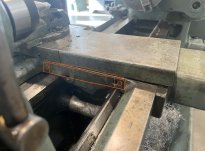
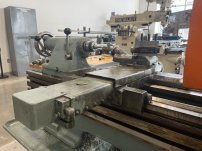
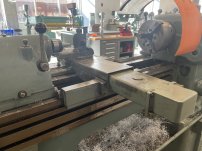
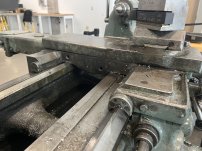
I'm working on a project for my university, to digitize old legacy equipment such as this 1940s-era Pratt & Whitney Lathe (12x30 size).
The goal is to attach magnetic scales for readout on the X and Z axes but I ran into issues when determining the best way to implement this on the X axis for the cross-slide.
I am wondering if anyone on this forum has experience performing something similar, and could suggest a recommendation for mounting methods and location.
I've determined that the cover on top of the cross slide is not suitable for mounting, although there is a possibility of removing it and fixing the scale/encoder on the inside. Also will need to keep in mind where to fix the encoder itself which I can create custom brackets for. Overall, I'm sure drill tapping would be necessary but would love to use pre-existing holes and such to avoid this if at all possible.
Below I will attach images of the cross-slide and its surroundings, the first image will have an approximate size of the magnetic scale I intend to use.
Any help is greatly appreciated!






